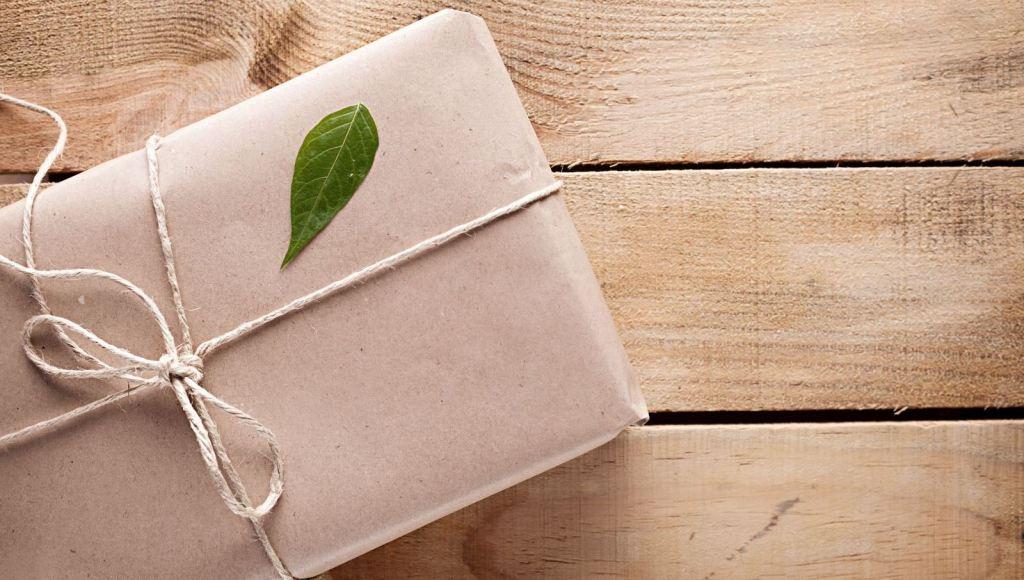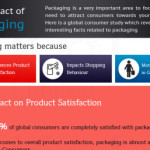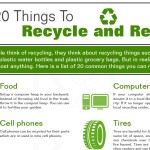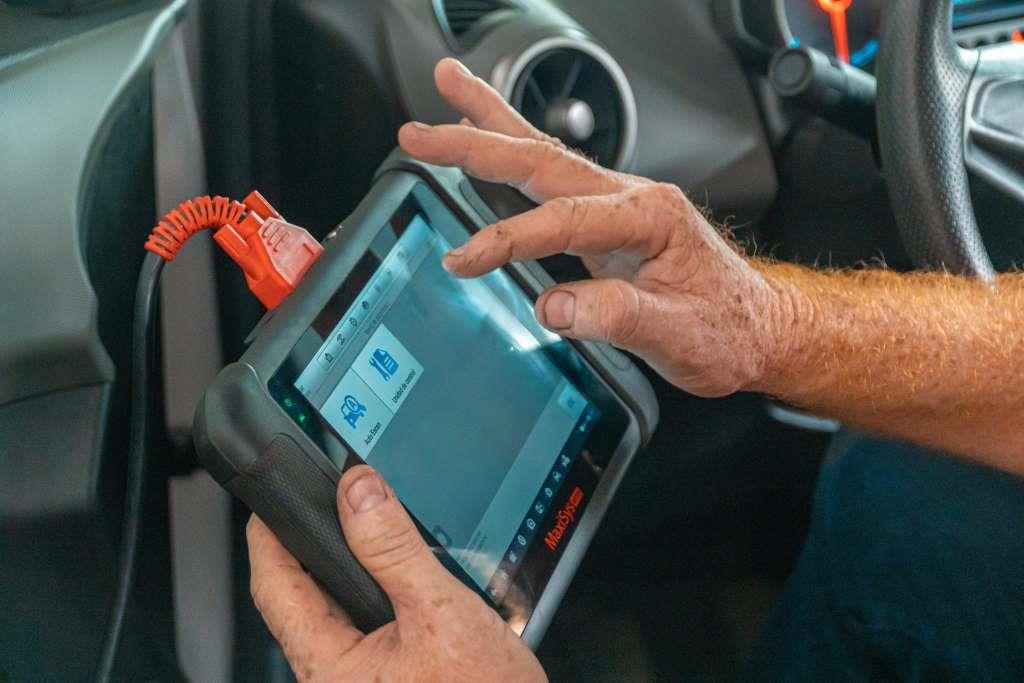
Creating a cohesive brand image is a multi-faceted topic, but a lot of it comes down to values. People want to engage with brands that reflect their own beliefs in life. This is why so much advertising relies on emotional messaging. Coke doesn’t sell soda- they sell the image of happy young people. Do you want to be happy and young? Drink a Coke. That’s the main message of 90% of their commercials? Another prominent theme in their advertising is making the world better. Because how can you be happy if your world is being destroyed?
Some brands try to jump on the “eco-friendly” bandwagon without having much to back it up. They might say “save our earth”, but fail to practice sustainable business practices. But for business owners that do care about the environment and want to reach consumers with the same values, below are some ways businesses can talk the talk and walk the walk when it comes to marketing themselves as an eco-friendly brand.
Streamline Your Use of Resources
The best way to reduce your impact on the environment is to use fewer resources. This applies to every level of your business. When choosing a location, think about how much space you really need. Don’t pay for a bigger space that uses more energy if you don’t need it. If you can source your products from local businesses, you’ll be reducing the amount of gas used in the transportation of your goods. You’ll also be putting more money into your local economy, which can only help your business in the long run. Be sure to only order product that you need, and don’t buy large appliances that you’ll only use once a year.
Talk about the steps you take to reduce your environmental impact. You can incorporate it into your regular marketing. Use phrases like “Small Office…Big Impact.” Call out the suppliers you work with and the reasons you chose them. Basically, you’ll be showing people the values that lie at the heart of your business. This can be done in paper advertising, online ads, radio spotlights- pretty much any medium in which you talk about your business.
Use Sustainable Materials
Your first step was to use less. The next step focuses on the items that you do use. One of the biggest sources of waste in commercial businesses comes from packaging. Some products don’t need packaging at all. If possible, sell your product bare. This allows for customers to engage with the product sooner, and determine whether they really want it. Touching an item creates an attachment that traditional packaging can prevent.
If your products do need to be wrapped, use biodegradable or reusable materials. This can include special papers that degrade over time, or using glass instead of plastic and encouraging customers to keep the glass containers instead of throwing them out. Some businesses even charge a glass deposit and offer a refund if the customer brings it back. This is a great way to encourage your customers to think about their environmental impact.
Another large source of waste in companies is marketing. Multiple drafts of marketing materials are often printed only to be discarded. Make a commitment to only print final versions of documents. All rough drafts can be reviewed digitally.
When you do print commit to using ink made from soy or another eco solvent option. If printing is a large part of your business, you can do what this large format printer did, and find an ink supplier that takes back cartridges for reuse.
Recycle and Reuse
When you’re done using items for your business, make sure they are disposed of properly. Below are some easy ways to reduce the amount of waste your business sends to the landfill:
- Break down boxes from stock and give them to the community. Organizations that help people move are always looking for boxes. Form a partnership with one (or multiple) such businesses. Promote this partnership in your marketing.
- When large office appliances break down, don’t send them to the dump. Make sure refrigerators, computers, and other equipment is disposed of properly by using an appliance recycling company. They will make sure harmful materials don’t go to the dump, and will find opportunities for reuse where applicable.
- Have multiple disposal options for customers- garbage, compost, and recycling. Include clear signage about what goes in which bin, and make sure your janitorial staff disposes of all waste accordingly.
Promoting environmental consciousness is a great way to connect with eco-minded customers. Your first step will be to actually be eco-friendly in your business practices. That will likely take some work. Sometimes “green” options are more expensive, but if you approach it in the manner outlined above- reducing first, using sustainable materials, then reusing and recycling, you can save money and create valuable partnerships. Once you’re practicing eco-friendly concepts, you just have to make it easy for potential customers to know what you’re doing. Many of these things advertise themselves, like having compost bins in your business, or working with other eco-minded businesses.
Just remember: if you center your branding on being green, you’d better follow through or customers will find out and switch to a brand that stands behind the values they advertise.
Latest posts by Jeriann Watkins (see all)
- How Small Businesses can Address the Skills Gap - November 1, 2016
- How To Create An Eco-Friendly Brand Image - May 18, 2016














